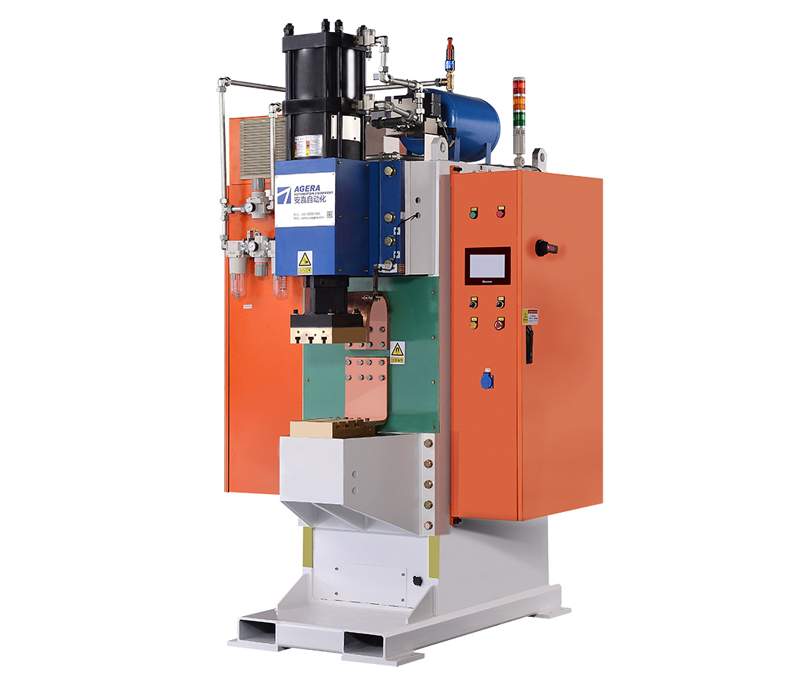In energy storage spot welding machines, ensuring the quality and integrity of weld joints is of utmost importance. To achieve this, various inspection methods are employed to assess the weld joints for defects, such as inadequate fusion, cracks, or porosity. This article explores different techniques for inspecting weld joints in energy storage spot welding machines, providing operators with valuable tools for maintaining high-quality welds.
- Visual Inspection: Visual inspection is the most basic and commonly used method for evaluating weld joints. Operators visually examine the weld area for any visible defects, such as incomplete fusion, surface irregularities, or discontinuities. This method requires a trained eye and adequate lighting conditions to accurately identify potential issues.
- Non-Destructive Testing (NDT) Techniques: a. Ultrasonic Testing: Ultrasonic testing utilizes high-frequency sound waves to detect internal flaws or defects in weld joints. Ultrasonic waves are transmitted through the weld joint, and the reflected waves are analyzed to identify any abnormalities. This technique is particularly effective for detecting subsurface cracks or porosity.
b. Radiographic Testing: Radiographic testing involves passing X-rays or gamma rays through the weld joint and capturing an image on a film or digital detector. This method can reveal internal defects, such as incomplete penetration or voids. Radiographic testing is especially useful for thicker or complex weld joints.
c. Magnetic Particle Testing: Magnetic particle testing is employed to inspect ferromagnetic materials. A magnetic field is applied to the weld joint, and magnetic particles are applied to the surface. Any surface-breaking defects will cause the magnetic particles to cluster, indicating the presence of a flaw.
d. Dye Penetrant Testing: Dye penetrant testing is used to detect surface defects in weld joints. A colored dye is applied to the surface, and after a specified time, excess dye is removed. A developer is then applied, which draws the trapped dye out of any surface defects, making them visible.
- Destructive Testing: In certain cases, destructive testing is necessary to assess the weld joint’s quality. This involves removing a sample section of the weld joint and subjecting it to various tests, such as tensile testing, bending, or hardness testing. Destructive testing provides detailed information about the weld joint’s mechanical properties and can reveal hidden defects.
Inspecting weld joints in energy storage spot welding machines is crucial for ensuring weld quality and structural integrity. By utilizing visual inspection, non-destructive testing techniques (such as ultrasonic testing, radiographic testing, magnetic particle testing, and dye penetrant testing), and, when necessary, destructive testing, operators can effectively evaluate weld joints for defects. Implementing a comprehensive inspection program helps maintain high standards of quality and reliability in energy storage spot welding applications. Regular inspections enable prompt identification and resolution of any issues, leading to improved weld quality and overall welding performance.
Post time: Jun-08-2023



